Overlooked and barely known, Uruguay is South America’s second smallest country and one that is capturing the hearts of wanderlust travelers. It’s fairly famous for its fine wines. gorgeous coasts, and mouth-watering cuisine.
The country sits on the Atlantic Coast of South America with its north and east borders meeting Brazil. In the southern parts of the nation, the Uruguay River marks the boundary between Uruguay and Argentina.
While small in size, Uruguay is a captivating country where highlights include great surfing, laidback beaches, and gaucho culture.
Bienvenidos – Welcome to Uruguay!
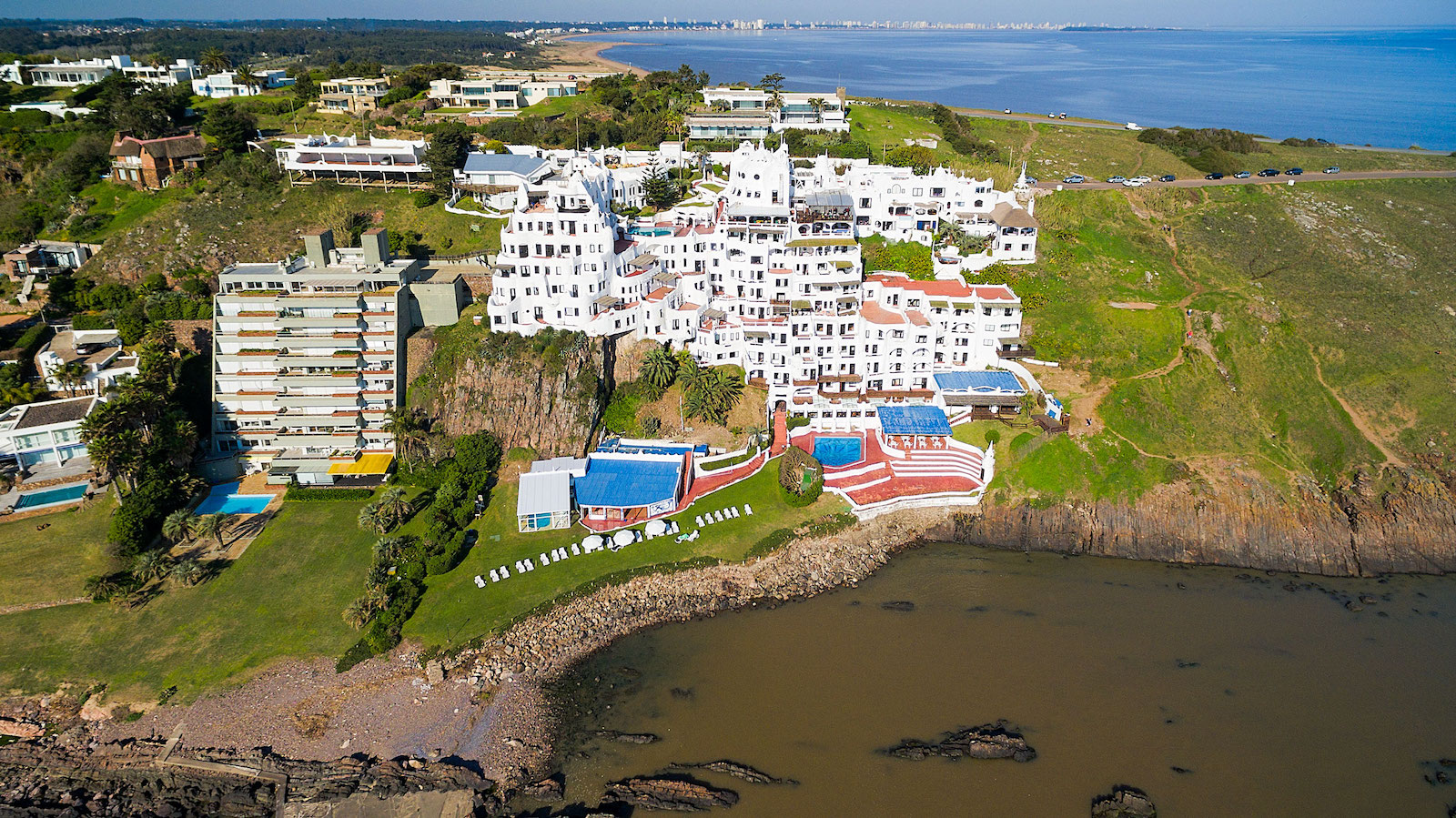
Often given the title of South America’s safest country, Uruguay has also conquered many of the problems that plague nearby nations. With a stable government and low levels of corruption, Uruguay has provided a high standard of living to its people. Less turmoil has also helped the country market itself to tourists as the perfect destination for a Latin getaway.
Along the northeastern bank of the Uruguay River sits the nation’s capital, Montevideo. Established in 1724, the city has a diverse landscape that transitions from industrial alleys to oceanside avenues and modern resorts. With a little bit of everything, visitors can enjoy dining out and partying in this relaxed capital city.
Ciudad Vieja will take you back to the colonial era, while Pocitos pushes you toward the future. You can even break away from Montevideo and visit the nearby resort area of Carrasco, which is often considered to have a vibe similar to that of the Hamptons.
- Culture and Language
- Spending Budget
- How to Get Around
- Top Cities to Visit
- Points of Interest
Culture and Language

Before colonization spread to Uruguay, the land was inhabited by three groups called the Charrúa, Chaná, and Guaraní. The groups lived within specific areas of the country and were seminomadic. While the groups had conflicts between themselves, it was not enough to cause a complete upheaval.
Uruguay History
However, the arrival of the Portuguese and Spanish decimated the native population. In 1516, Juan Díaz de Solís arrived in Uruguay where he was confronted by Charrúa and Guaraní soldiers.
Ultimately, Solís and several of his men were killed and eaten by the natives. Several years later in 1520, Ferdinand Magellan landed at what would become Montevideo and Sebastian Cabot began an exploration up the Río de Plata.

The colonizers then started genocide of the native people, which saw thousands killed. Many other native people also died as European diseases began to spread. As colonization began to spread, the introduction of cattle helped build Uruguay’s economy and solidify its gaucho culture.
Estancias or ranches were created throughout the inland areas of the country, which helped produce the country’s middle-class economy. From the ranches, the country expanded to have wealthy people working in positions within art, military, bank, and government industries.
However, the country was torn between Spain, Portugal, and Brazil. The colonizers came from Europe, but with strong influence from Brazil and the city of Buenos Aires, Uruguay struggled with its national identity.
It wasn’t until Uruguay’s national hero, José Gervasio Artigas revolted against Spain at the Battle of Las Piedras in 1811 that the country began to seek independence.

One key area of Uruguay, the Banda Oriental, was given its independence and an autonomous government in 1813. Yet, the nation would not be considered fully independent until 1828 when Uruguay gained full independence from Brazil.
However, the victory of Independence wouldn’t last long. Just a decade later, the country would be deep in a civil war with the Blanco and Colorado Parties pitted against each other.
Throughout the 20th century, Uruguay would struggle with democracy as the economy turned sour and the standard of living declined. New presidents ruled with military power, which threatened the country’s stability. By 1984, the Colorado Party regained its power and turned the country back toward democracy.
Uruguayan Culture
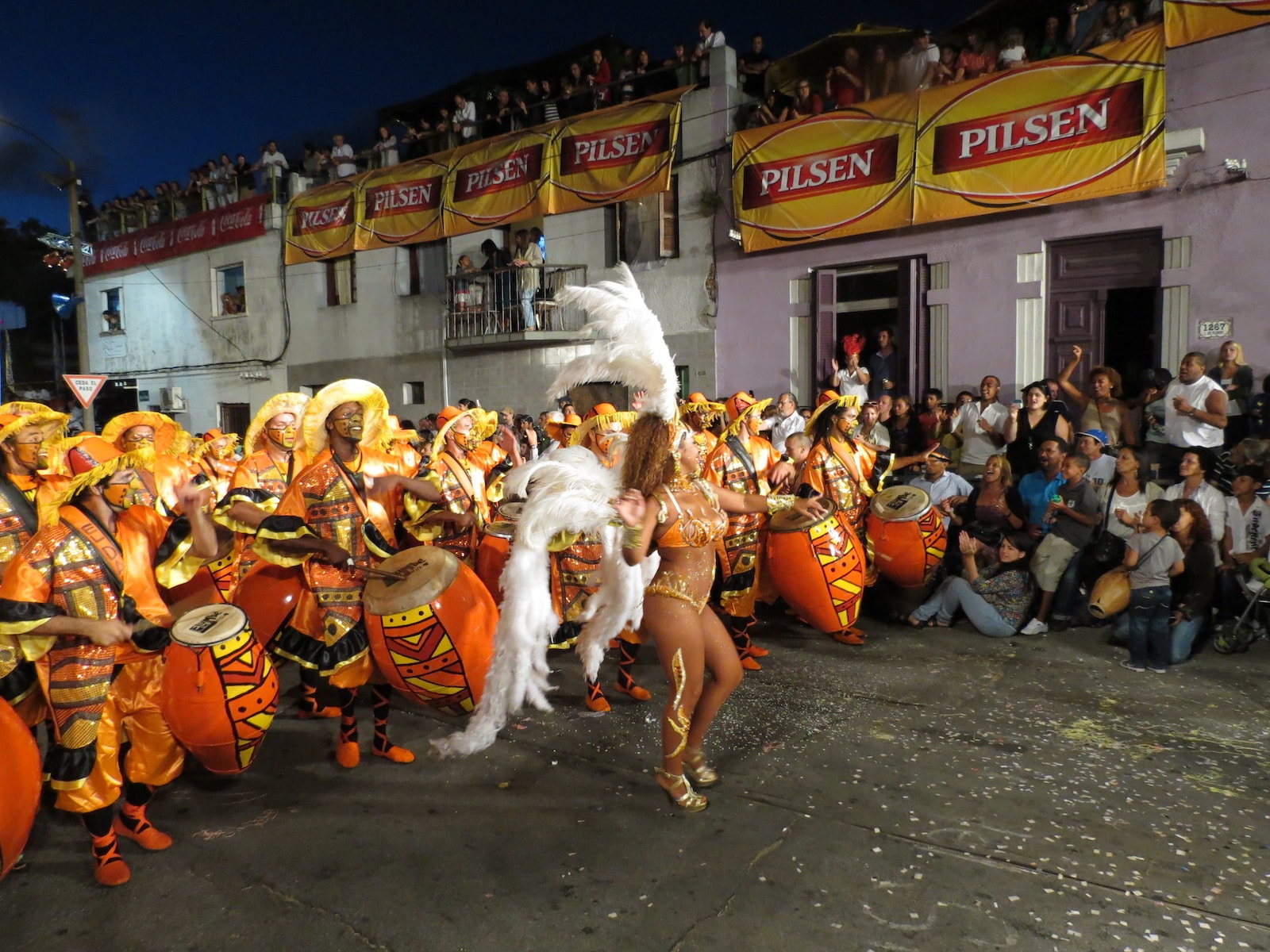
The liberal stance that Uruguay takes on many issues including same-sex marriage, abortion, and even cannabis has been considered to be very liberal and a drastic change from other South American nations. But these viewpoints have set Uruguay on a path to success. With tourism being a large part of the country’s economy, the liberal mindset ensures that everyone feels welcome here.
Diversity is also present in the local lifestyle as traditions from various nations have blended into the country. Gaucho culture is an essential part of Uruguayan heritgae, but so is Carnaval. Influenced by African slaves that were brought to the area, Carnaval is as much a celebration in Uruguay as it is in Brazil.
Art is another important part of Uruguay’s identity. There are many famous writers, painters, and architects who were born in the country.
Official Language

The unique mix of cultures is also reflected in the local languages. While native languages are thought to have died out with colonization, Spanish is Uruguay’s official language.
However, influence from Portugal remains and up to 15% of the population speak Uruguayan Portuguese. Other European immigrants from the past brought Patois to Uruguay, which is still spoken by a small portion of the country.
With tourism and international business relations being important in Uruguay, English is on the rise. In urban areas, like the big cities, English is more prevalent, but don’t expect to be able to communicate speaking English on your trip. Spanish is more popular with English concentrated in tourist areas.
Spending Budget

Unlike most South American destinations, Uruguay is not as affordable as travelers might think. While small in size, the high standard of living means that the cost of a trip to Uruguay is higher than in most South American countries. The high cost means that many travelers will need to outline a strict spending budget before they jet off to Uruguay.
A spending budget can be a great way to keep track of your finances and put a limit on how much you spend and where you spend it. Budget backpackers can visit the country, but they will have to strictly adhere to their budget to ensure they aren’t left penniless while abroad.
When you’re planning your trip to Uruguay, your spending budget should include the cost of airfare, accommodation, food, drinks, and transportation.
Airfare

For US travelers, airfare will be a major expense. Uruguay is not close to the United States and the country’s small size means flights are pricey because there are few options. The Carrasco International Airport in Montevideo is the main entry point for international travelers, but if you’re entering from Argentina or Brazil, you could also fly into the Punta del Este International Airport.
No matter where you fly to, you should expect to spend over one thousand dollars for a flight from the USA. Some airlines may offer better discounts. The price of airfare can also fluctuate based on the season. It’s more expensive to fly to Uruguay during the tourist season than in the off-season.
The high tourist season in Uruguay runs from October to March. These are the summer months in Uruguay and the best time to spend time at the beach as temperatures are warmer. However, for many travelers, the summer months are the only time to visit Uruguay.
In the off-season, many of the beach resorts, restaurants, and shops close. This means that towns are quiet and dull when there aren’t tourists around and finding things to do can be very difficult.
Unlike most destinations where off-season travel may be appealing, you may find yourself struggling to entertain yourself if you visit Uruguay during the autumn or winter months. For this reason, most would prefer to outline a spending budget that includes prices for the peak tourist season to ensure that restaurants and hotels will be open.
Accommodations
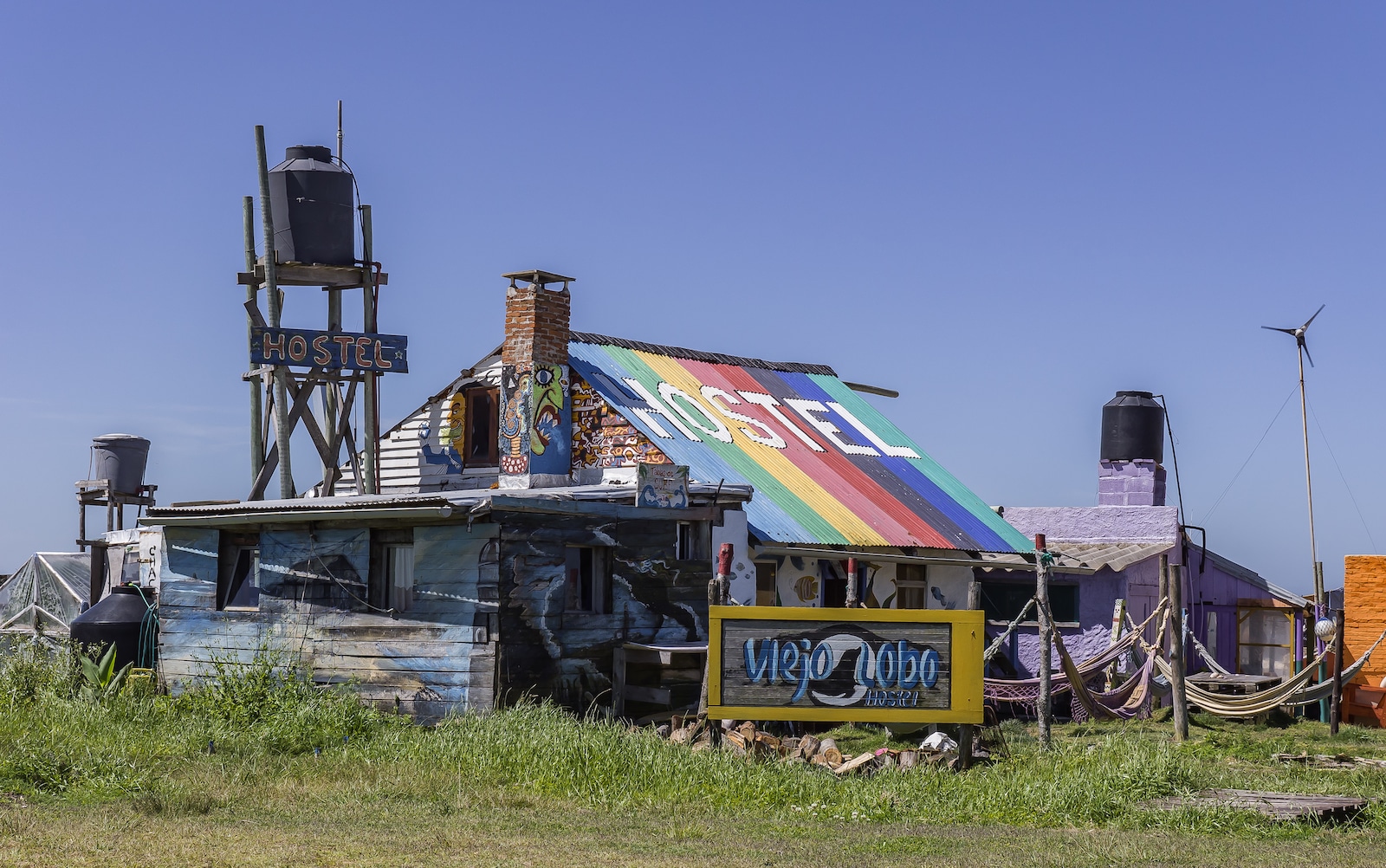
Similar to the prices of airfare, the cost of accommodation will fluctuate based on the season. While some places are open during the off-season, most people choose to avoid traveling during the fall and winter.
However, off-season costs of accommodation can be up to 50% less than the high season. But don’t get too excited because finding a place that is open is a big challenge.
For budget backpackers, hostels will be the only place to stay as they have the most affordable rates. In the high season, most hostels will charge more. Private rooms in hostels are rare, but if you do find one being offered, expect to pay a fair amount.
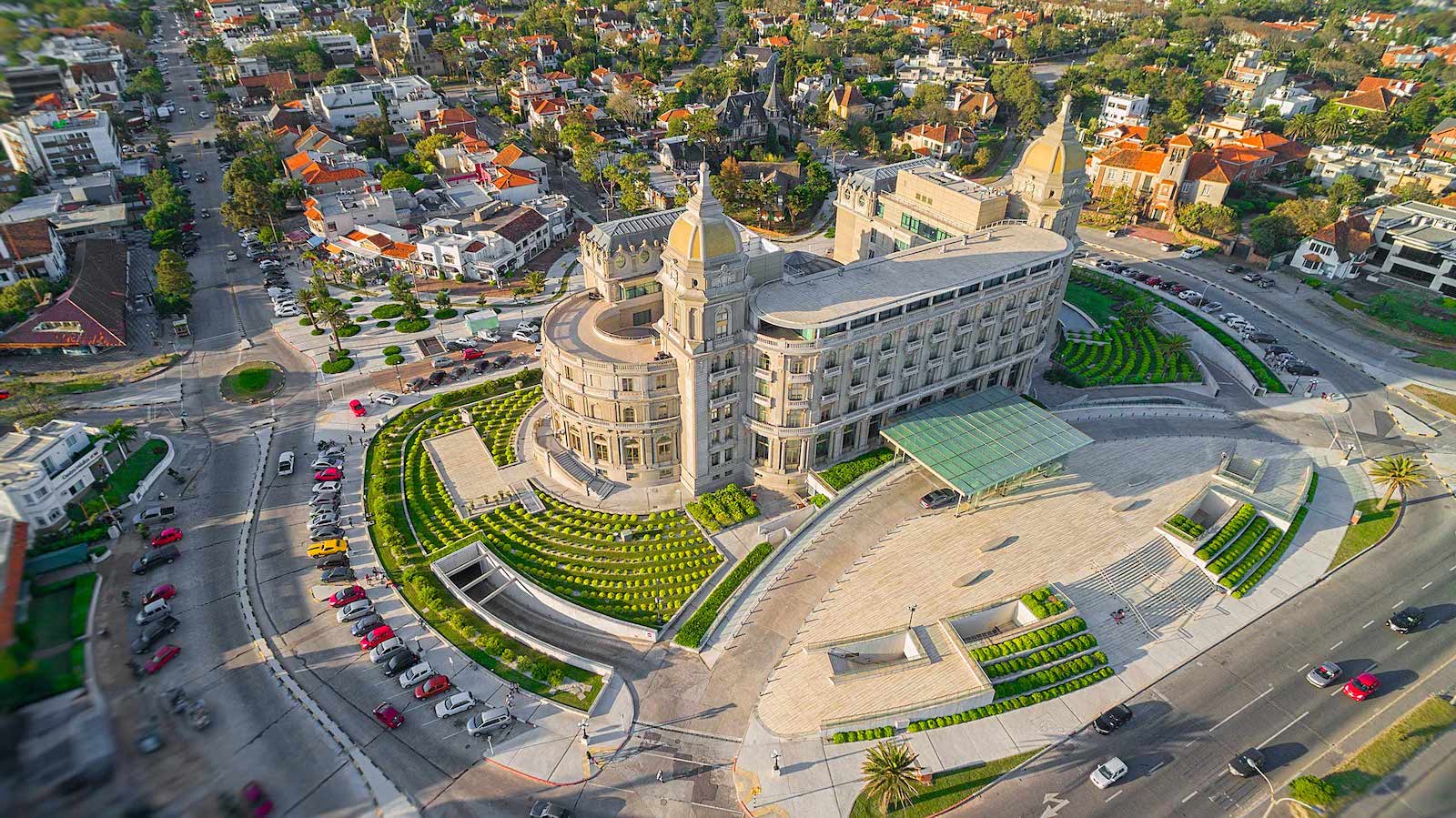
Budget hotels are another option for travelers if they don’t feel comfortable in the hostel setting. The large range in price will depend on where you’re staying. Less popular destinations will be more affordable, while tourist hotspots will be very expensive.
With paradise at your fingertips, resorts are another option for tourists who want to experience luxury. They are normally found in big tourist areas and the prices can be steep. Most resorts will charge a high daily minimum while some top-end establishments could cost more than a thousand dollars per night.
You can also add to the price of a resort by choosing various food or activity packages offered by the establishment.
The popularity of Uruguay and its small size can also make it difficult to find suitable accommodation options as many establishments will quickly fill their rooms and beds. Travelers should do their research in advance of their trip and make their bookings or reservations online.
Dining Out
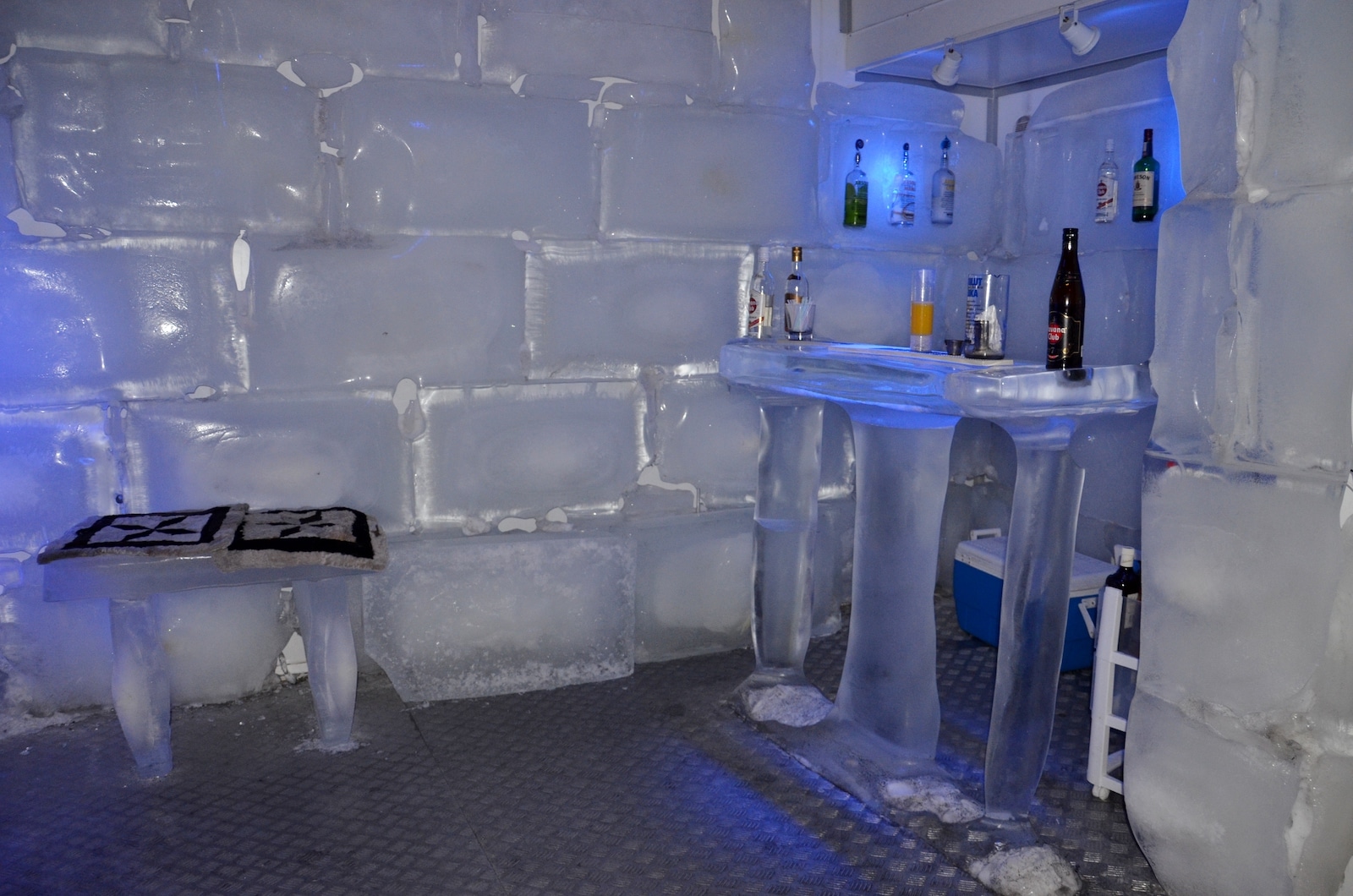
While some resorts offer all-inclusive packages with their prices, most travelers will need to consider the cost of food as a part of their budget. Dining out is not cheap in Uruguay and the cost will quickly add up.
Local establishments will be cheaper, but those interested in fine dining should be prepared to increase their budget.
If you want to enjoy a few drinks on your trip, you’ll need to add the cost of alcohol to your spending budget. Alcohol is also expensive with the most affordable option being beer. Most beers cost just a few dollars. In touristy areas, drinks will be more expensive.
Uruguayan Food
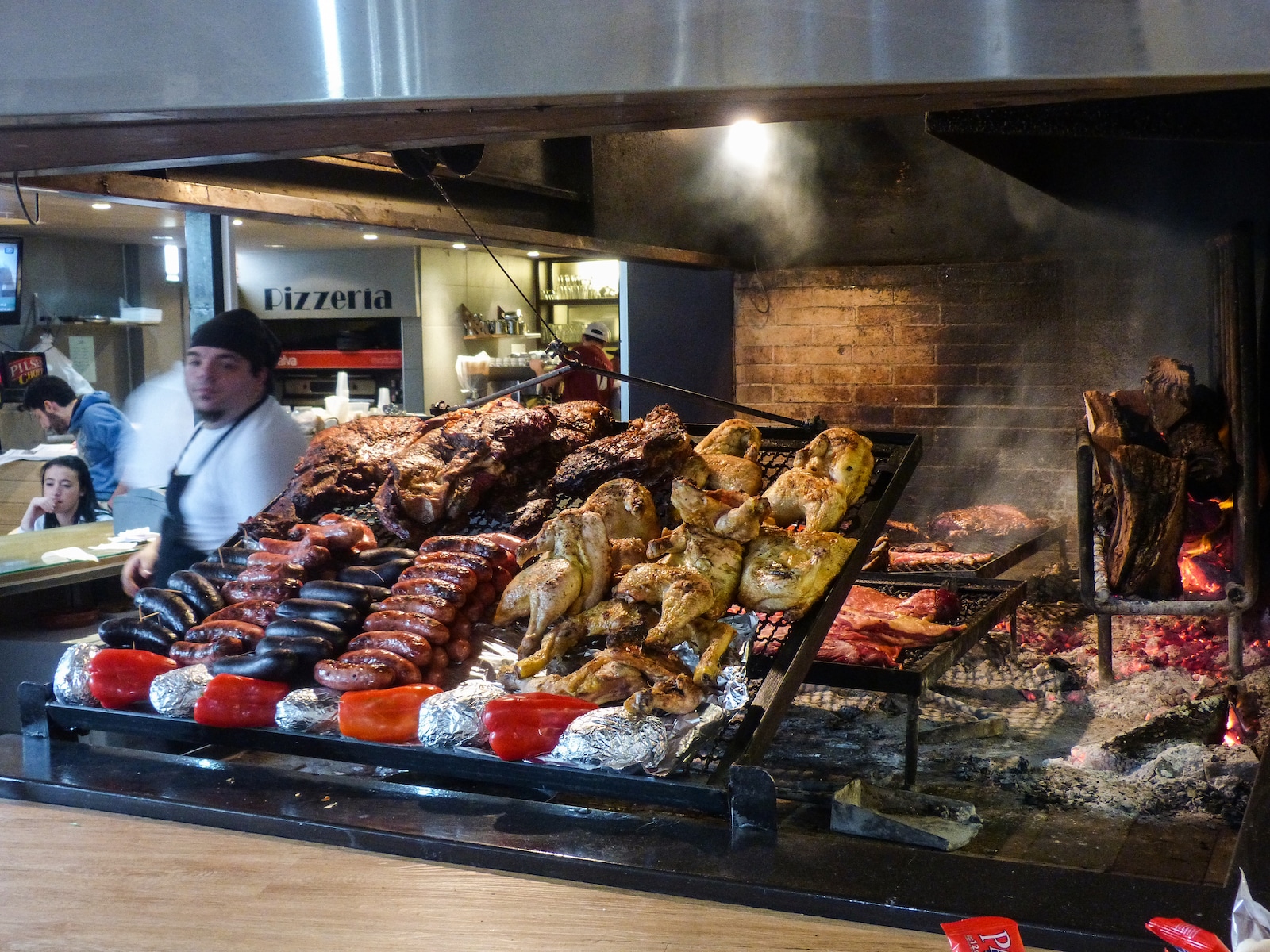
However, the high cost of food is well worth the price for some. With meat on the menu, Uruguay is a paradise for carnivorous travelers. Asado is the country’s favorite dish, which is simply translated as grilled. For Uruguay, asado means that you can grill anything from beef to pork or chicken.
Another staple in Uruguayan cuisine is pasta. Pasta is often served stuffed with meat and topped with a sauce made of cream, mushrooms, and onions. Some people even add meat extract to the sauce because in Uruguay, the idea of “too much meat” does not exist.
Uruguayans love meat so much that their national sandwich, the chivito is a beef sandwich. Some places include a fried egg on top of the sandwich, as well as traditional toppings like lettuce, tomato, and peppers.

For even more meat, bacon and ham are also added to the sandwich. The only dishes that are meat-free in Uruguay tend to be desserts or sweet treats.
Churros are a popular snack and they are topped with dulce de leche and sugar. A more traditional dessert that is harder to find these days is chajá. This dessert is a pasty made of meringue and peaches.
Pasta frola is a sweet tart made with quince jam and sometimes topped with dulce de leche. Finally, just like many countries throughout Latin America, arroz con leche is also popular. However, to make the dish truly a part of Uruguay’s culture, it is often topped with dulce de leche.
How to Get Around

While Uruguay is small, there are still many places for travelers to explore. The cost of transportation is the last section of your spending budget and an important part of your journey if you want to see more of the country. Unlike most places, Uruguay does not have any domestic air service. This means that the only way to get around is by bus or a rental car.
Buses
For travelers on a tight budget, buses are the most affordable option for traveling around Uruguay. Most buses will be fairly priced for a short distance and might double for longer distances. In local areas, buses are very affordable and fares for getting around the city are normally less than a few USD per ride.
Car Rentals
If you have a larger budget and would like to travel at your own leisure, you should rent a car. Car rentals are a popular choice for travelers and many people will pick up their vehicle from the international airport in Montevideo.
The cost of a car rental adds up as most companies charge per day for their services. Gas is also very expensive as the country lacks any natural reserves.
Top Cities to Visit
Montevideo is the most visited city in Uruguay, but it isn’t the only place to see. Scattered along the coast and inland are other exciting towns that are waiting with open arms. Here are the top destinations to discover in Uruguay.
Montevideo

With a little something for everyone, Montevideo is a bold city that is the heart of Uruguay’s cultural scene. The city is known for its theaters, galleries, and concert venues where people go to enjoy the history and energy of Montevideo. The historic neoclassical buildings are a stunning sight and it adds charm to the city’s appearance.
Plaza Independencia and Mercado del Puerto are big hubs for tourist activity as they boast the best shops and restaurants. The nearby Carrasco is also a famous destination with its grand casino.
Colonia de Sacramento
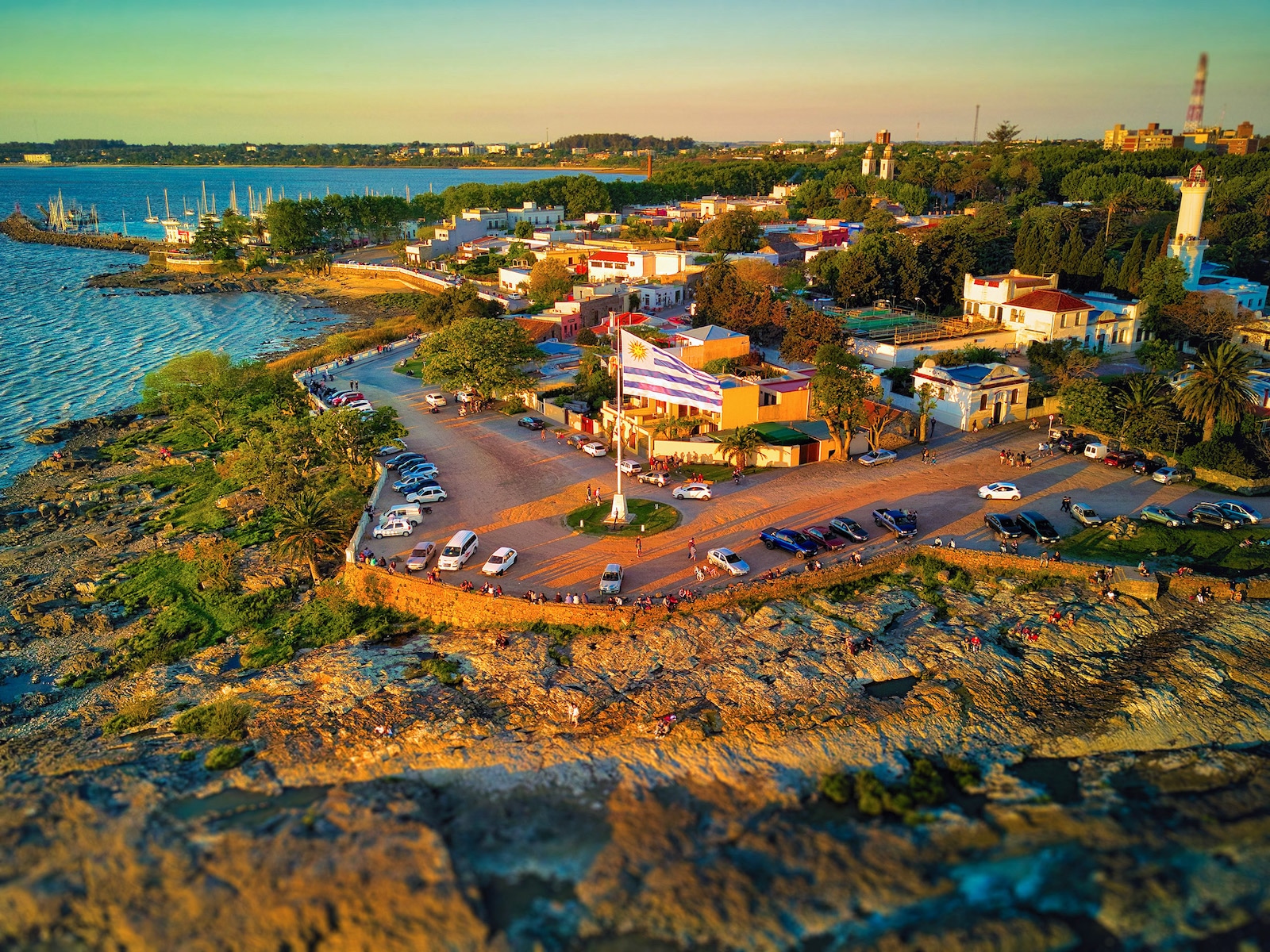
Plucked from the past, Colonia de Sacramento is one of Uruguay’s oldest cities. The uneven cobblestone streets and stout colonial architecture add to the unique character of the city.
The old wall that once protected against invaders still stands and runs around the perimeter of the old quarter. The main attractions in Colonia de Sacramento include the lighthouse, museums, and Basilica del Sanctisimo Sacramento.
Punta del Este

Punta del Este is the definition of luxury and it is Uruguay’s top resort destination. Often called the “Monaco of South America”, Punta del Este is a lavish destination that is filled with yachts, mansions, casinos, bars, and restaurants. Two of the most popular areas in Punta del Este are José Ignacio and La Barra.
Tacuarembo

Sitting inland and up in the north of Uruguay is Tacuarembo. This town has become famous for embodying the gaucho culture that is famous throughout Uruguay and Argentina.
Tourists flock to Tacuarembo to experience the gaucho lifestyle and stroll the peaceful plazas. The 19th of April Plaza and the cathedral are highlights in the town. Waterfalls in the hillsides on the outskirts of Tacuarembo are also popular destinations.
Piriapolis
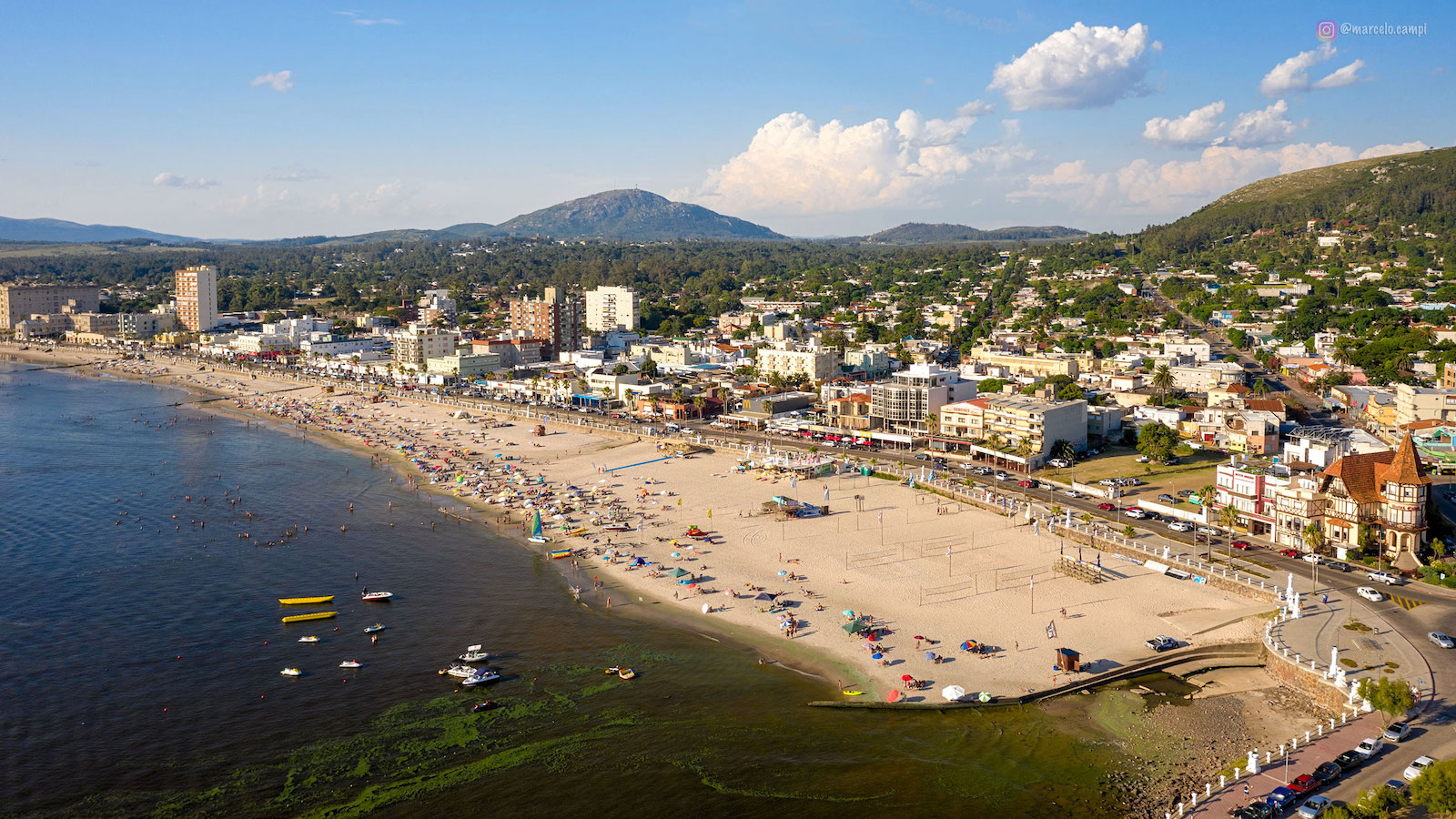
Built for tourism thanks to its beautiful beachside location, Piriapolis is one of the top resort areas. A long promenade lines the coast and creates a dividing line between the beaches and commercial areas of Piriapolis. On the other side of the promenade, there are many hotels, restaurants, shops, and casinos to entertain guests.
Punta del Diablo
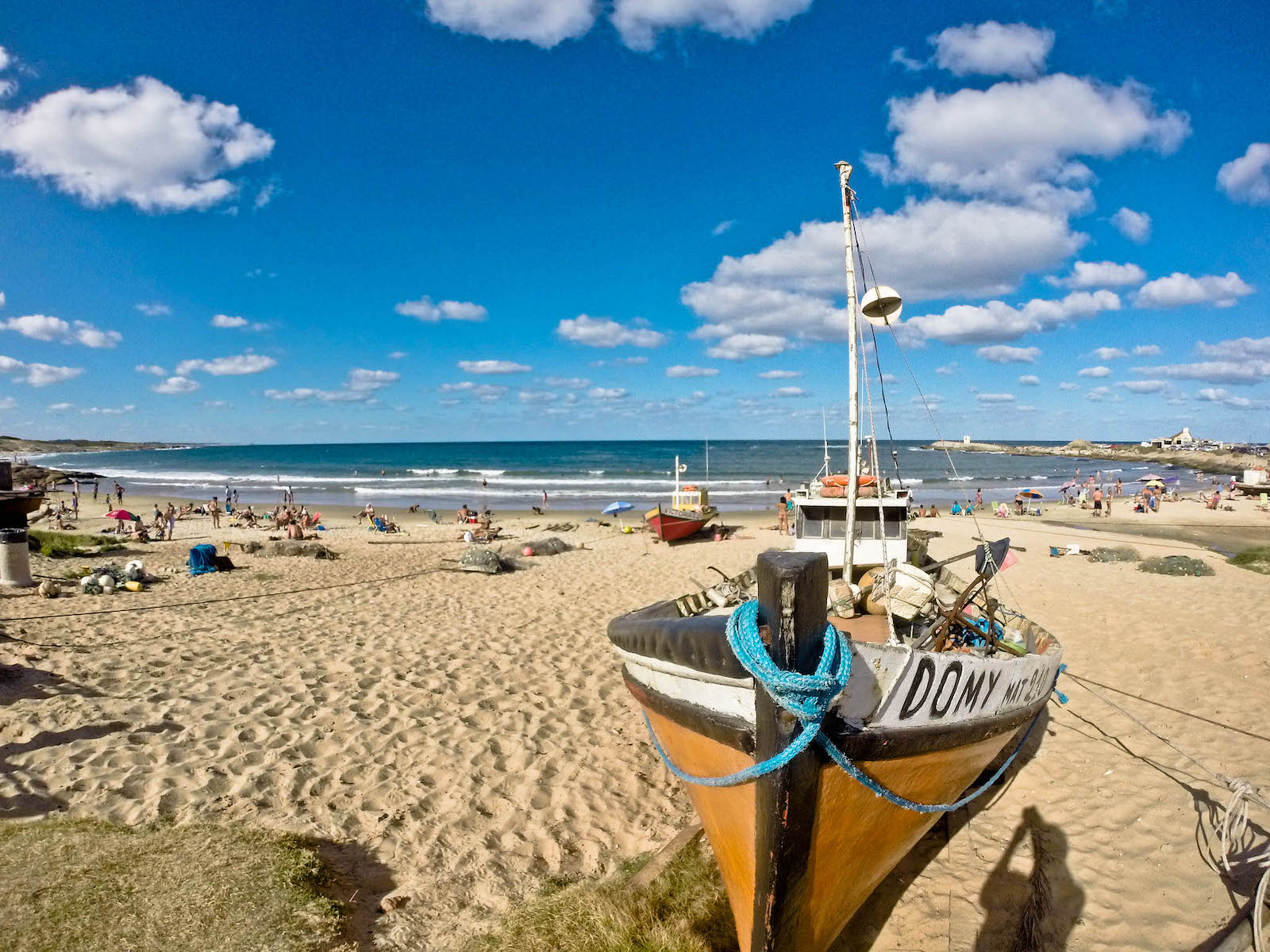
A small and remote fishing village most of the year, Punta del Diablo explodes with a bustle of activity during the tourist high season. Strong surf in the ocean waves has made it one of the best spots for surfers in Uruguay. Playa Rivero is the most top spot for tourists who are looking to bounce between the bars and catch waves.
La Paloma

Another surf spot is La Paloma, which is a small city turned into a beach resort. Slightly bigger than Punta del Diablo, La Paloma is also common with sailors and windsurfers. The remote location of La Paloma means that it is less busy than Punta del Diablo, which is a plus for many travelers looking to escape the crowds.
Points of Interest
Between the cities and towns are plenty of points of interest too. With so many things to see and do, here are the most popular tourist attractions in Uruguay.
Discover the amazing thermal springs in Uruguay on Top Hot Springs.
Daymán Hot Springs
Best suited for families, the Daymán Hot Springs has become a popular spot for vacationers to relax in the thermal waters. There are ten pools total with three being temperature safe for children. Located within the hot springs are other attractions like tennis courts and mini golf.
You can also travel down the road from Daymán to visit the country’s first waterpark, Acuamania.
Cabo Polonio

For extreme adventure enthusiasts and off-the-grid travelers, Cabo Polonio is a top place to get away from the busy world. With a town of just 100 people, no running water, and no electricity, this is about as remote as you can get in Uruguay without falling off of the map completely. The locals live in small houses or cabins and there is only one store in the town.
A few places in the town offer meals. The journey to Cabo Polonio is difficult with the only access granted by 4×4 vehicles or your own two feet. However, aside from the rustic charm, Cabo Polonio is also home to a large colony of sea lions, which have become a hit amongst nature-loving travelers.
Casapueblo
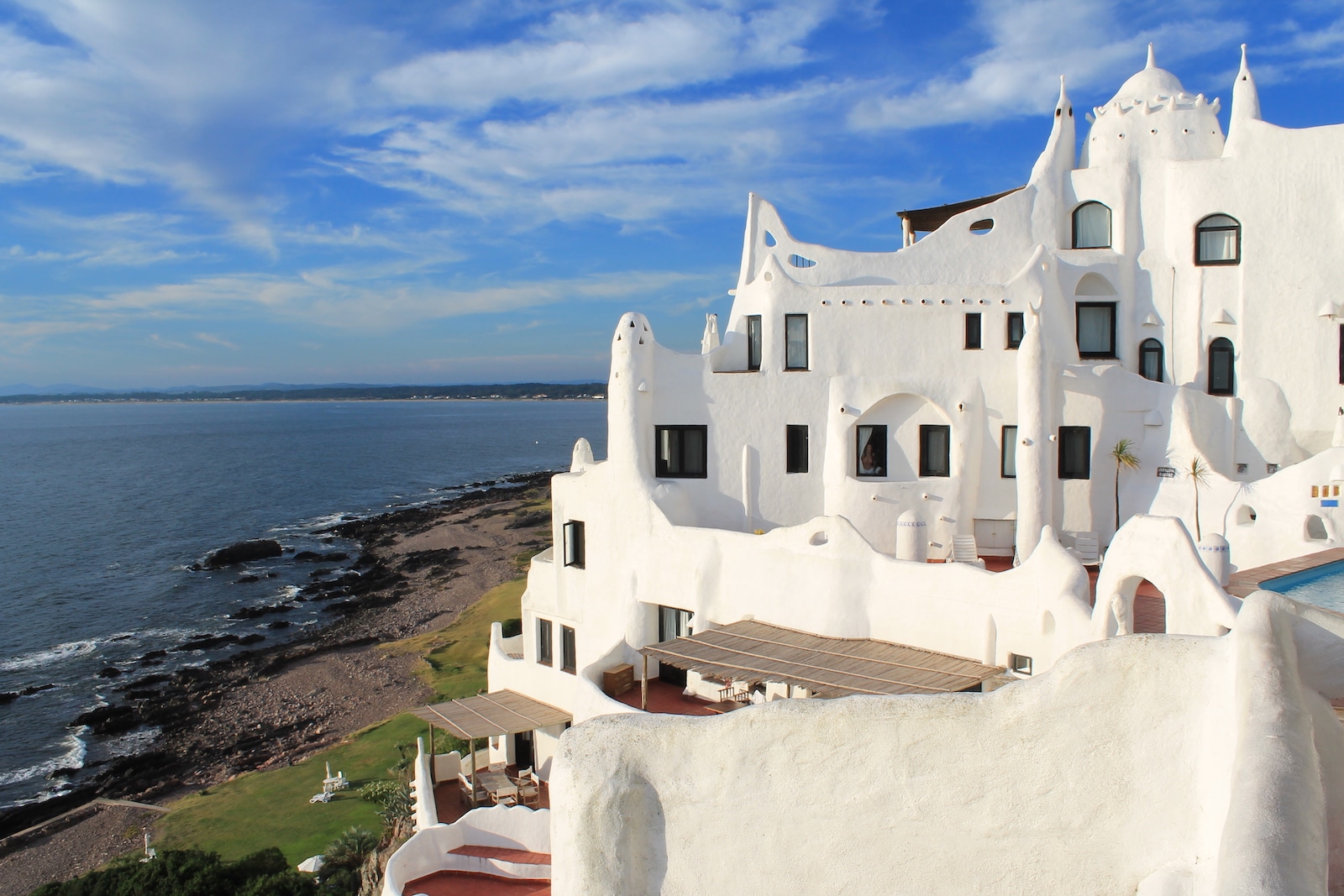
Located in Punta Ballena, Casapueblo is a structure that was designed by the Uruguayan artist, Carlos Páez Vilaró. The bizarre and blindingly white structure has become a sight to see with its oceanside location. Featuring a staggering thirteen floors and numerous terraces, visitors can enjoy the sunset as they look out over the ocean.
Once the summer home for the artist, Casapueblo has been turned into a hotel. There is also a museum and workshop at Casapueblo to tell you about the building’s unique history.
“Uruguay Natural”
For tourists who want to party it up in the city or get away from it all in remote destinations, Uruguay needs to be added to your travel bucket list. Hotspot areas like Montevideo and Punta del Este cater to the nightlife crowds, while the country also offers plenty of nature to break away from the crowds to relax.
Unknown to most travelers, Uruguay is on the brink of discovery and it reigns as the best up-and-coming tourist destination in South America.



 What Is Peru Most Famous For?
What Is Peru Most Famous For?